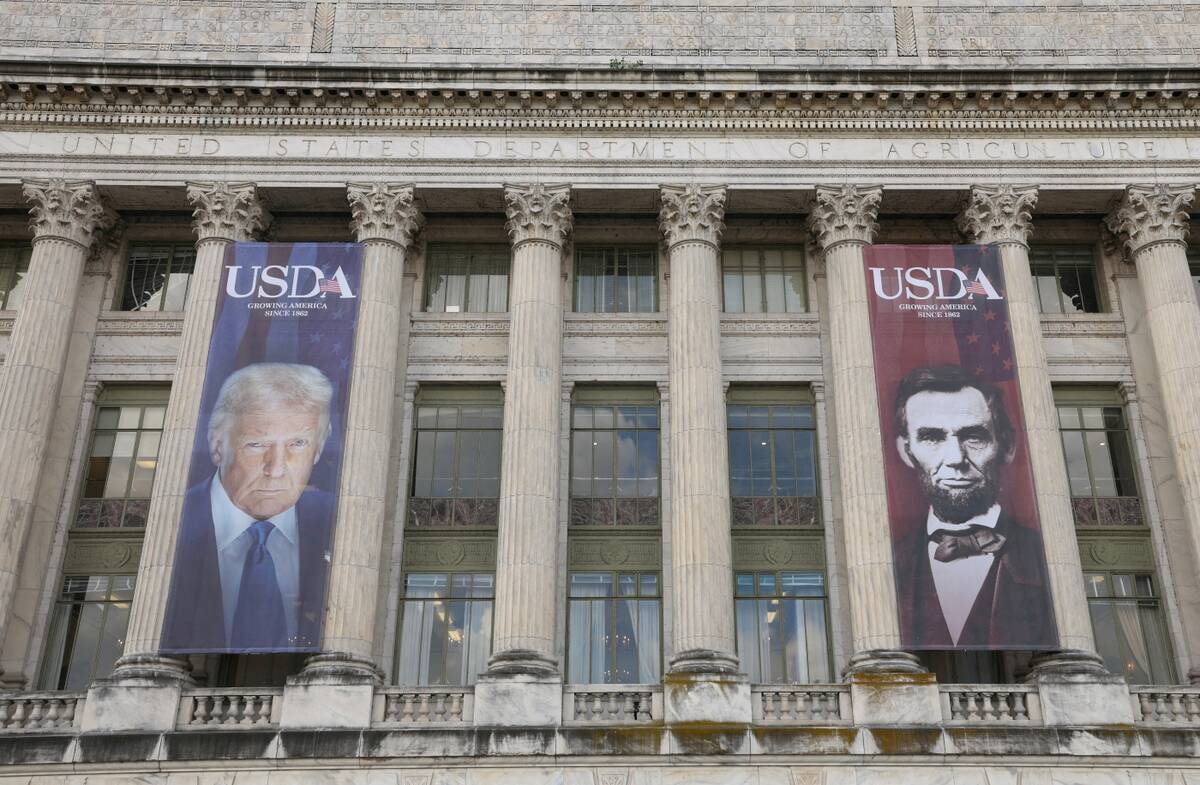Glacier FarmMedia | MarketsFarm — Futures for soybeans, corn and wheat at the Chicago Board of Trade all dropped due to different reasons during the week ended Nov. 13.
Ryan Ettner, a broker at Allendale Inc. in McHenry, Ill., explained the United States election, which brought back Donald Trump as president, will likely discourage demand in U.S. soybeans, especially from China, due to Trump’s talk about imposing tariffs on imports. The trade believes China would retaliate in kind.
“For the beans, the primary factor has been the election results and the trade has immediately jumped to the conclusion that it will mean a significant reduction in exports to China,” he said.
Read Also

Farmers, traders ‘flying blind’ as U.S. shutdown blocks key crop data
U.S. data vital to global grain and soybean trading has gone dark during the country’s federal government shutdown, leaving commodity traders and farmers without crop production estimates, export sales data and market reports during the peak of the autumn harvest.
While corn was pulled lower by soybeans as of late, it is still seeing regular sales from Mexico and fresh news has kept prices from going lower, Ettner added.
He also said rains in the U.S. Plains last week were, “the best in three months.”
“They got solid rains with wide coverage,” Ettner said. “Two, three, four-inch totals, and they’ll have another round of rain coming this weekend and early next week. That has been putting extra pressure on the wheat.”
The U.S. Department of Agriculture’s monthly World Agricultural Supply/Demand Estimates released on Nov. 8 reported a tighter carryouts for soybeans at 470 million bushels, which brought some support to prices. However, the trade quickly switched its focus to exports and reversed price movement.
“The USDA already factored in a small export slowdown for beans and the carryout they gave us still suggests a fair value of 30 to 35 (U.S. cents per bushel) higher than we are today,” Ettner said. “The trade has gotten pretty extreme to think that due to the election results, China will stop buying U.S. beans entirely.”
He said the grain markets are a bit more volatile than what he originally anticipated, but if January soybeans rise back up to US$10.30/bu., then they can turn sideways. Soybean prices may have reached their seasonal low, but if soybean exports fall off, prices could dip lower by spring.
“For now, I would say the lows are in and only barring horrible exports would they be tested again,” Ettner added.
















